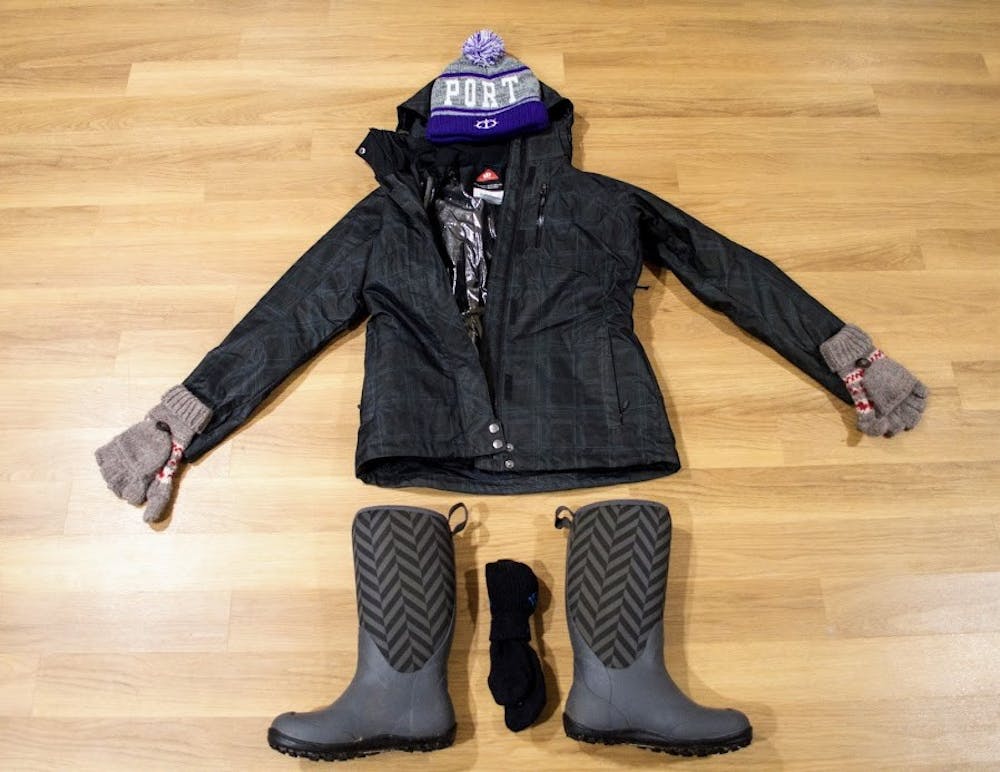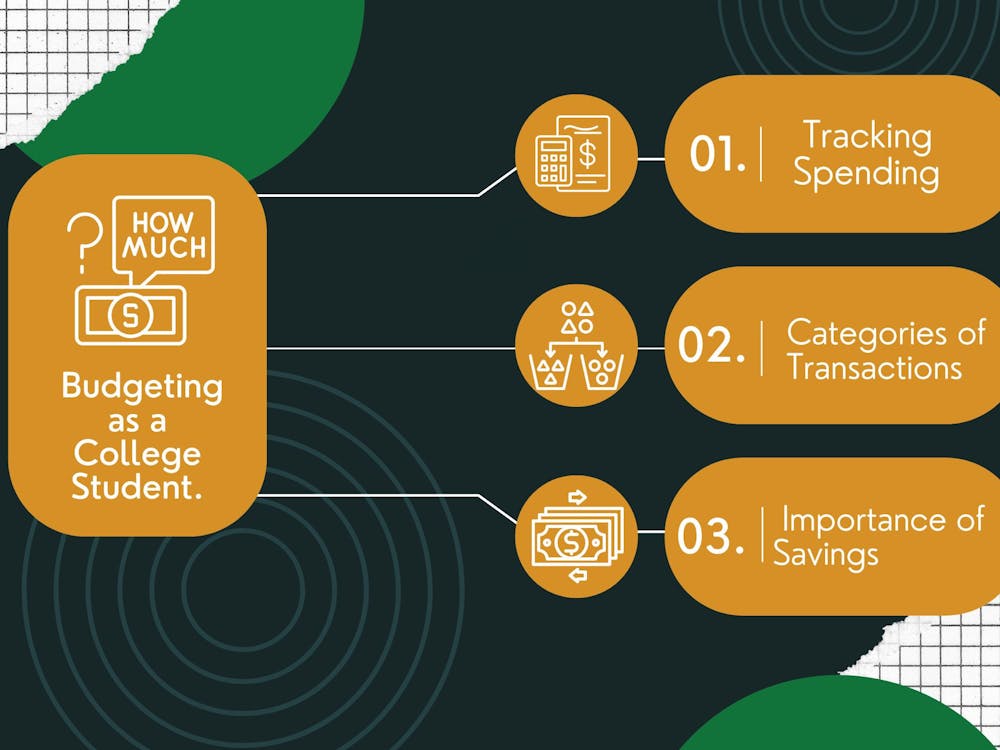The PNW is iconic for many reasons: green forests, grunge music, alternative culture and cold, rainy weather. Hundreds of freshmen from warmer-climate states and countries are enjoying their first “real” autumn, but what can we all expect for this winter?
As November begins, students can expect a drop in temperatures and overcast skies that never seem to clear. Last winter, Portland temperatures hit record lows, and snow piled in the streets. This year, winter is expected to be about the same. Of this year’s freshman class, over 10 percent hail from Hawaii and over 28 percent from California. So how should students from warm-weather states get ready for a real Portland winter?
Students should prepare for the weather by ensuring they have a ready wardrobe. Raincoats, boots and beanies are the best defense against the rain and snow. A big puffy coat will keep you warm, and sturdy shoes with good tread will keep your feet dry and help maintain your balance on slick sidewalks. Junior English major Tayler Bradley recommends always keeping a raincoat handy because you never know when you'll be caught in a downpour.
“Never expect it not to rain,” Bradley said, a PNW native. “Even being raised here, (getting caught in the rain) happens to me all the time.”
What about umbrellas? Many students don’t use them.
“I know there's a running gag that tourists use umbrellas,” said Bradley. “I have one, but it's just less convenient than a raincoat. You go to class and have to throw it somewhere and it's all wet.”
Sophomore business major Isley Cachero moved to Oregon from Hawaii last year. He got advice on how to handle the cold from students already at UP.
“They just told me to get a heavy jacket, like North Face or Columbia, and buy long pants and better shoes,” said Cachero.
Rain boots fare better in mud and puddles than cloth or canvas shoes like Converse. Sophomore business major Dean Estoy remembers needing better shoes when he moved from Guam to Portland.
“I came here with like 3 pairs of shoes,” Estoy said. “When it started getting rainy, I had to get more shoes in general. I bought activewear shoes that could get wet, like Nike and Adidas.”

Living in dorms poses both challenges and advantages for navigating winter weather. Estoy loves living in Schoenfeldt Hall and appreciates the temperature control the newer dorm rooms have to offer.
Estory noted, however, that Schoenfeldt's location made traversing across campus difficult as weather conditions worsened.
“You're kind of isolated because it's so far from everything,” Estoy said. “I wouldn’t walk (to other dorms) and I started to get food delivered more.”
Cold and wet weather makes getting around more difficult, whether it's getting an Uber to the airport or walking to the Commons. Students unfamiliar with rain or snow should consider investing in snow chains for their car tires or take public transportation. Bradley struggled to get home during Portland’s snowstorm last year, even though she lives just a few hours north in Washington.
“I had to drive home, but my dad didn’t want me to drive in the snow, so he took a train up to Portland, and then Ubered to campus and drove me home,” Bradley said. “That was the one challenge, getting around. You felt a bit stuck because it was icey.”
But even with all the proper gear, students may still feel afflicted by the weather in unexpected ways. Seasonal Affective Disorder, or SAD, is the phenomenon when the cold winter months negatively affect your mood.
“I remember when it started getting gloomy and the sun started setting earlier, I’d go straight from class and straight to bed,” said Estoy. “I'd get really tired for some reason, just the fact that it’s dark out. It makes me feel super unproductive.”
Sunlamps can help reverse the effects of this condition. To fight back against the gloominess, Estoy suggests mixing up your routine to make time for extra sleep.
“(It’s important to know) that you have to change your routine, (instead of) just slumping into the new way the weather is making you feel,” Estoy said. “Like OK, I’ll take a nap at 5:00, then I’ll wake up and do homework.”
Even with the struggles that snow brings, snow days are a beautiful thing. Some students will see snow for the first time this year. Cachero saw snow for the first time in his life last year.
“I heard it was going to snow, but I didn't think it was going to snow that bad,” said Cachero. “It was my first time seeing snow so I was tripping out. It was just a new experience for me.”








